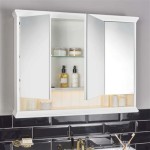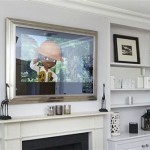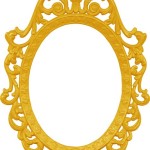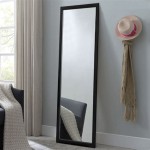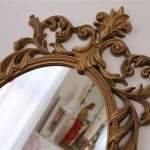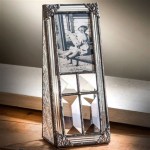One-Way Mirror Tint for Home: Enhancing Privacy and Security
One-way mirror tint, also known as privacy film or mirrored window film, offers a unique solution for homeowners seeking to enhance privacy and security while maintaining natural light. This specialized window film features a mirrored coating that appears reflective from one side while allowing clear visibility from the other. This article explores the benefits, installation process, and considerations for using one-way mirror tint in residential settings.
Enhanced Privacy and Security
The primary function of one-way mirror tint is to provide privacy. When applied to windows, this film creates a mirrored effect from the outside, making it difficult for passersby or neighbors to see into the home. During the day, the film reflects sunlight, creating the one-way mirroring effect. As the sun sets and the interior lighting is turned on, the effect diminishes, and visibility from the outside increases. However, the film still provides a degree of privacy, making it less easy to see clearly inside the home.
Beyond privacy, one-way mirror tint also contributes to security. While not bulletproof, the film adds an extra layer of protection against break-ins. The mirrored surface can deter potential intruders and may slow them down, giving time for residents to react or for emergency services to arrive.
Aesthetic Appeal and Energy Savings
One-way mirror tint can enhance the aesthetic appeal of a home. The mirrored effect can create a modern and sleek look, complementing various architectural styles. Additionally, the tint can help to reduce glare, making it more comfortable to spend time near windows.
Beyond aesthetics, one-way mirror tint promotes energy savings. By reflecting solar heat, the film reduces the amount of heat entering the home during the summer months, lowering air conditioning costs. Similarly, the tint can help retain heat during the winter, reducing heating expenses.
Installation and Considerations
Installing one-way mirror tint is generally a straightforward process that can be completed by homeowners with basic DIY skills. The film typically comes with adhesive backing and requires thorough cleaning of the window surface before application. Tools such as squeegees and utility knives are helpful for removing air bubbles and trimming the film to size.
There are several factors to consider when selecting and installing one-way mirror tint. The film's reflectivity can vary, influencing its effectiveness for privacy and security. The level of light transmission, known as VLT (Visible Light Transmission), determines how much light passes through the film. Higher VLT allows more light to enter, while lower VLT reduces light transmission. The film's thickness also plays a role in its durability and impact resistance.
It's essential to choose the appropriate tint for the specific application and location. Consult with professionals or manufacturers for recommendations based on factors such as window orientation, climate, and desired level of privacy.

One Way Mirror Tint Window Sun Glare Reduction For Home Office Glass Door Nederland

Mirror Silver Privacy One Way Pro Window Tinting Sticky Back Tint

Ez One Way Mirror Static Cling Window World

Does One Way Mirror Tint Work After Dark Ap Tinting

1pc Zilverachtige Privacy Window One Way Daytime Mirror Temu Netherlands

One Way Mirror Tint Window Privacy Protect Uv Reflective Sun Block For Home

1pc One Way Anti Uv Window Heat Control Privacy Glass Temu Netherlands

Window One Way Mirror Tint Home Tinting Privacy Solar Reject Glare Uv Block 19 W Com

Sanmadrola Window Privacy One Way Mirror Daytime Static Non Adhesive Decorative Heat Control Anti Uv Tint For Home And Office Black Silver 17 7 X78 Com

Arthome Window Tint For Home One Way Mirror Daytime Privacy Heat Control Re


